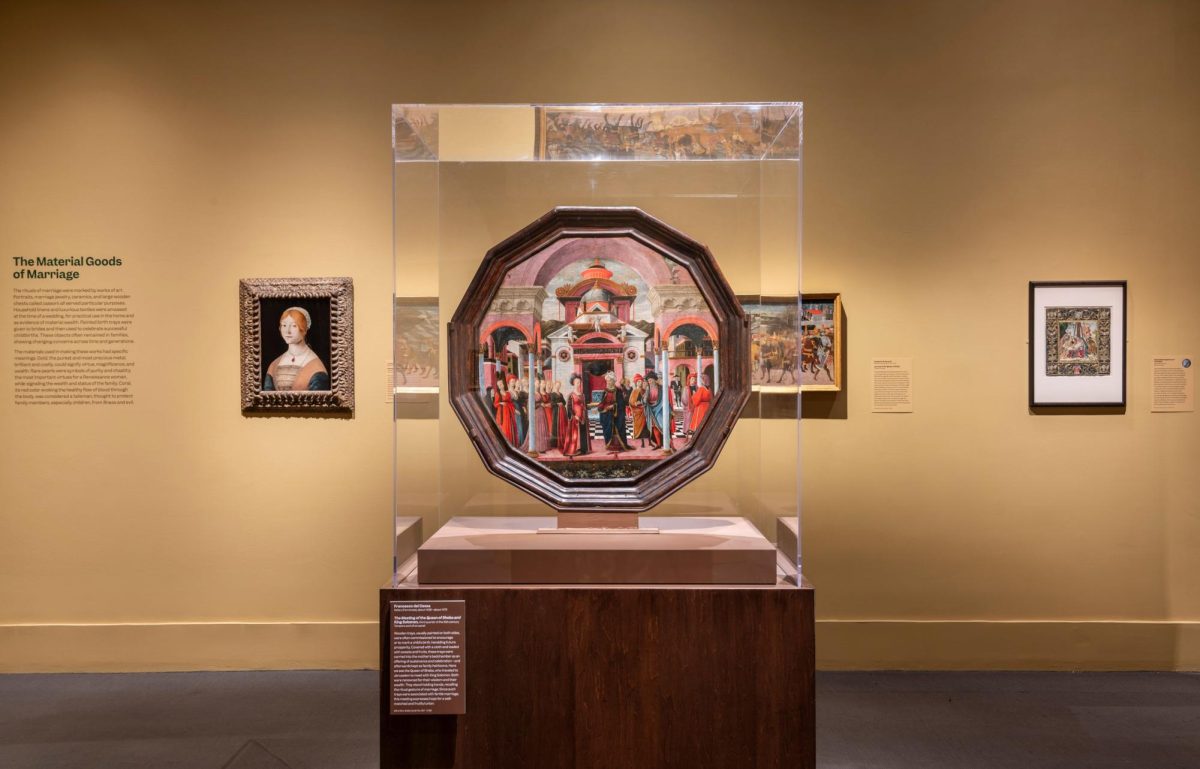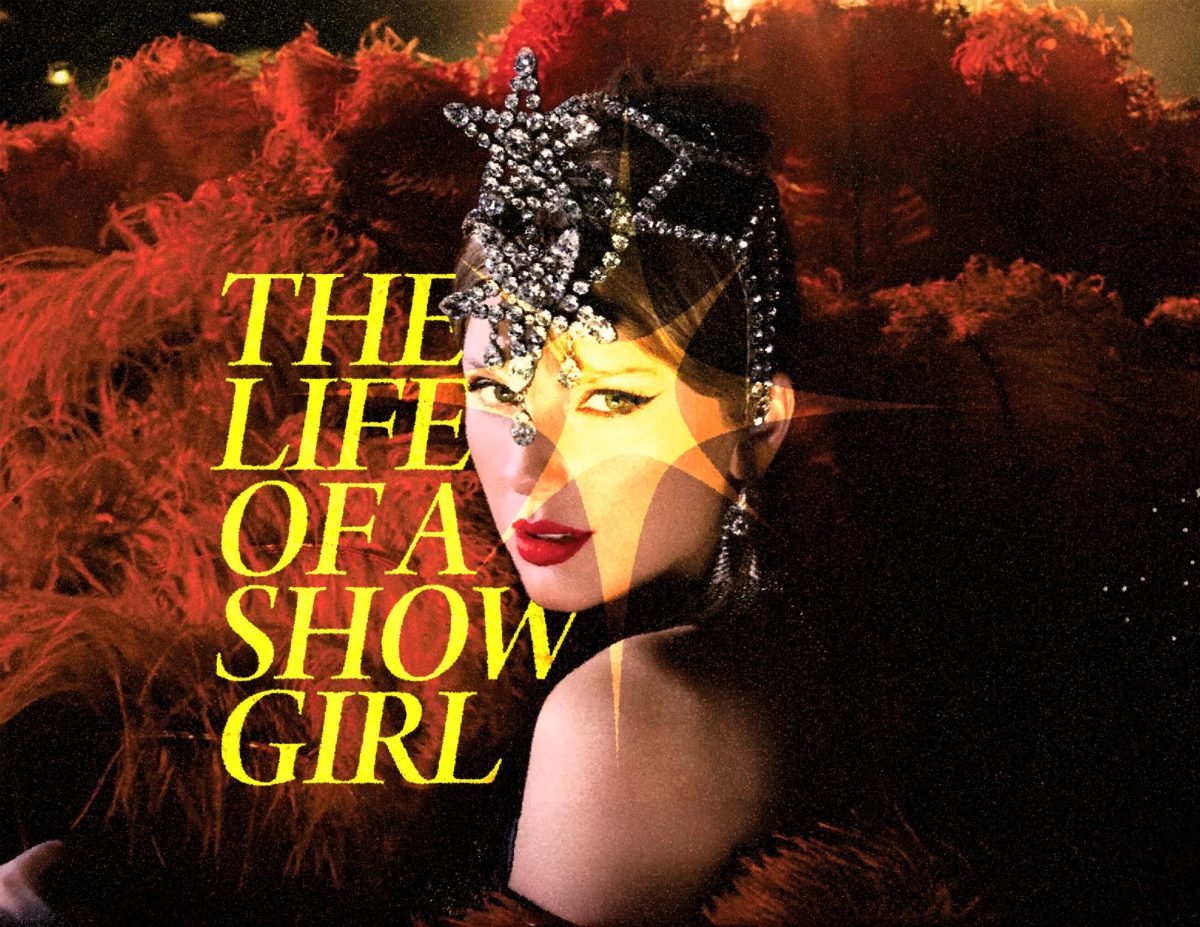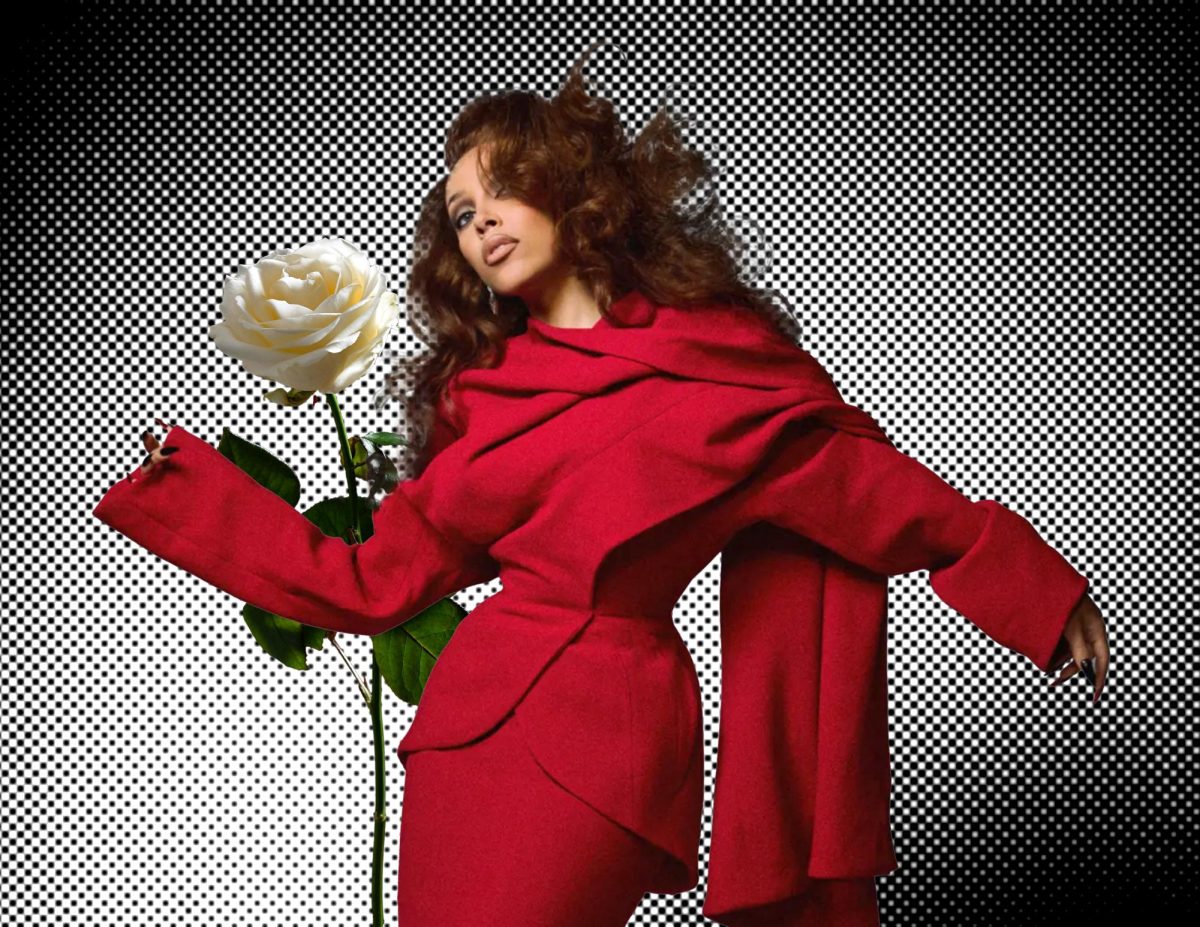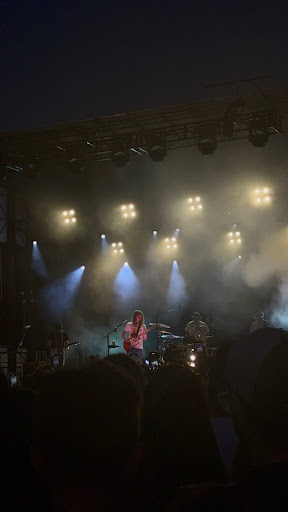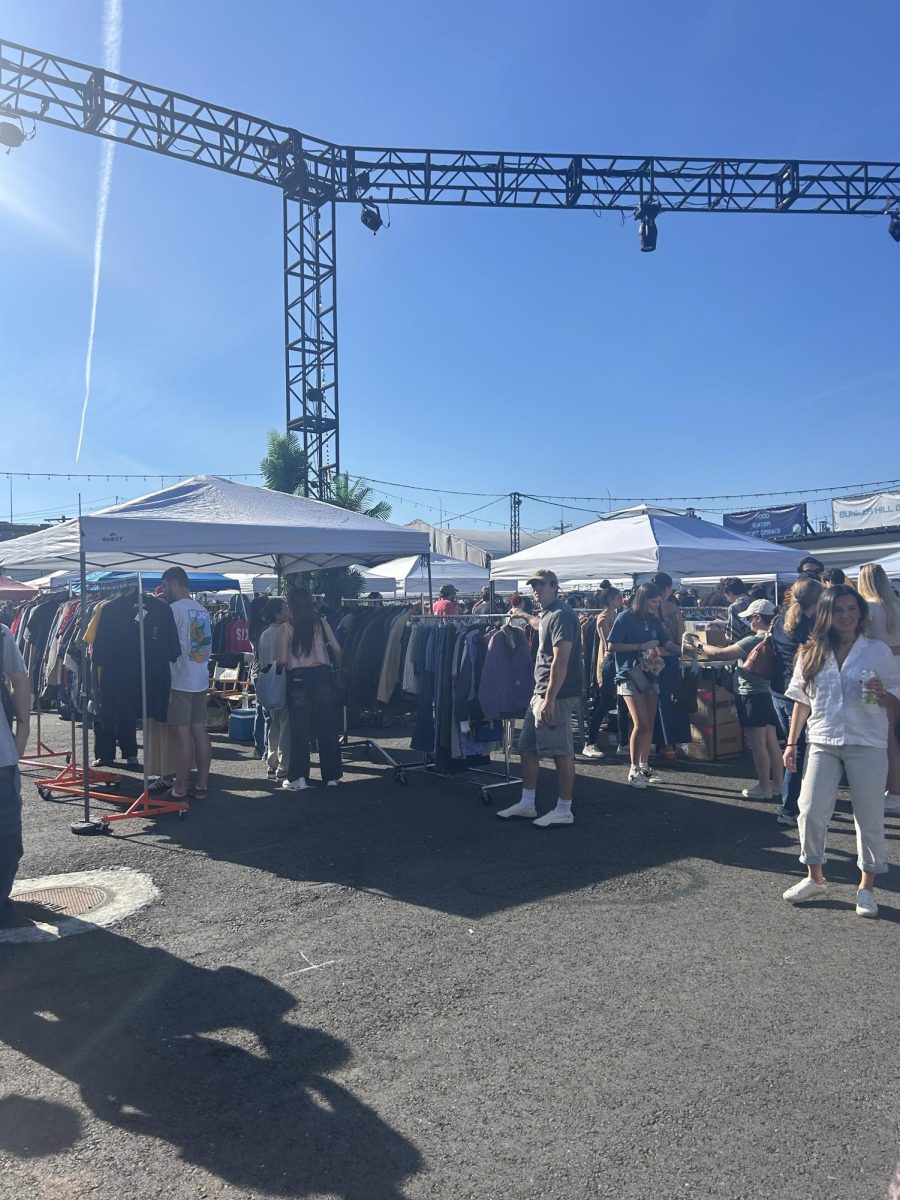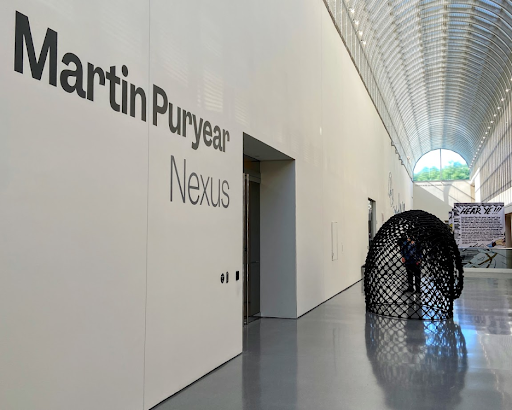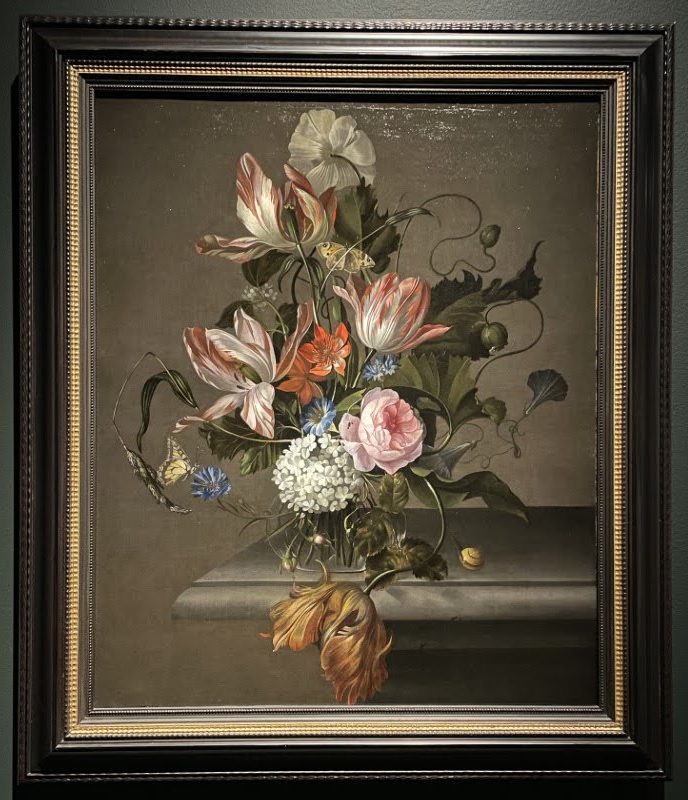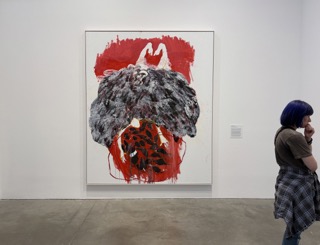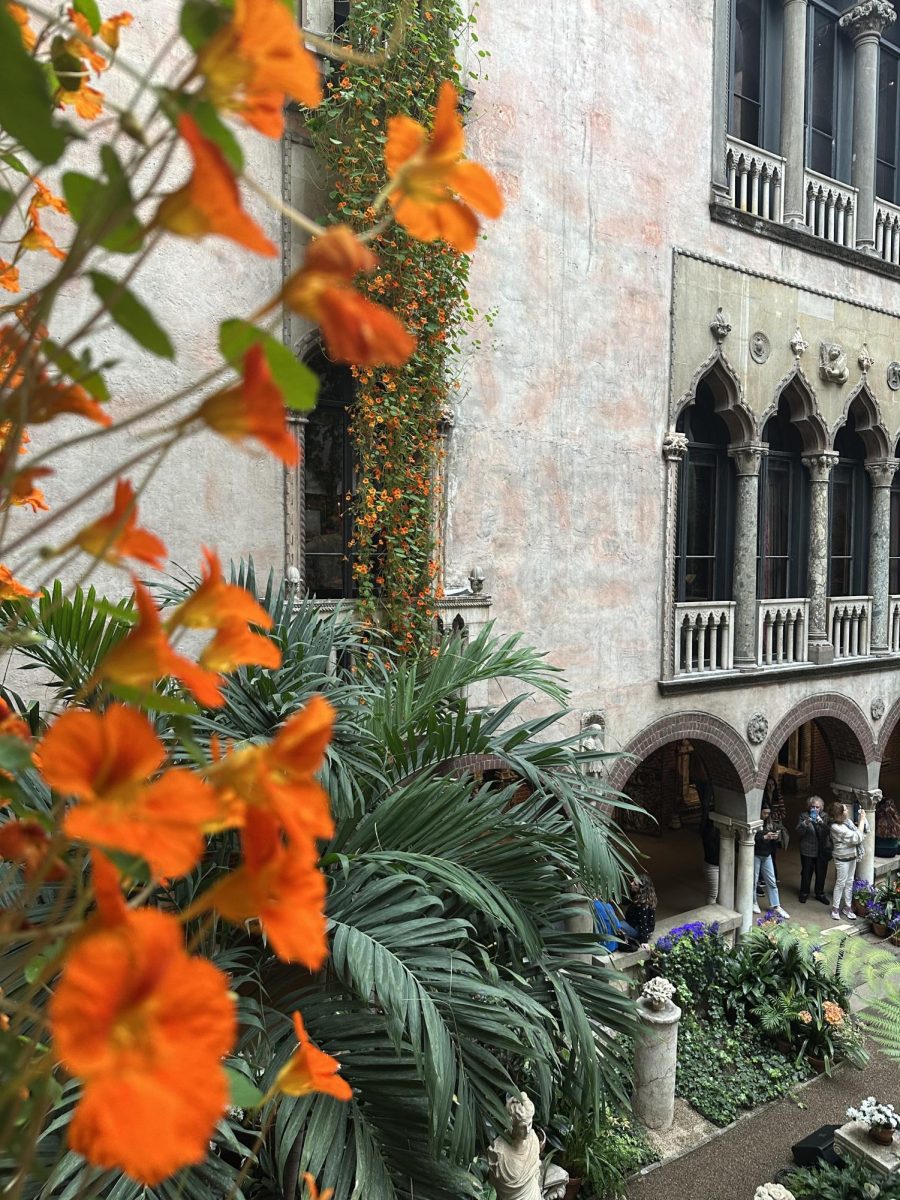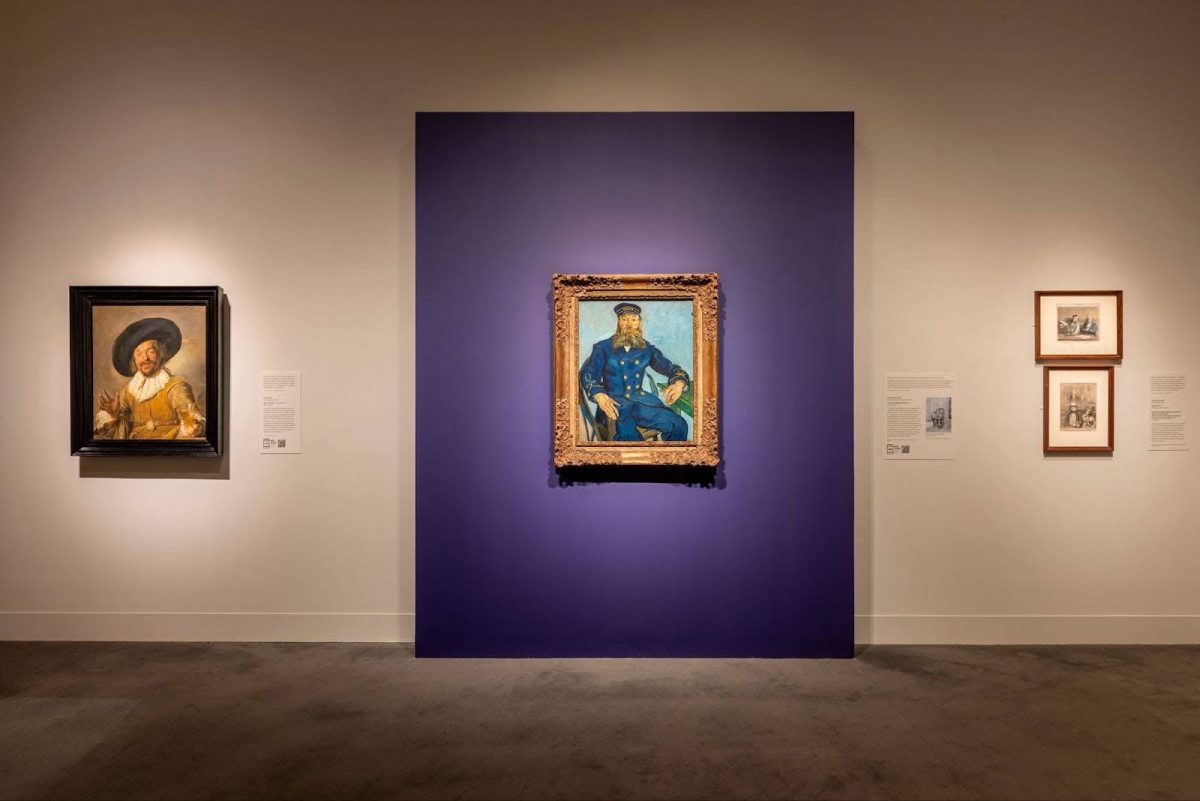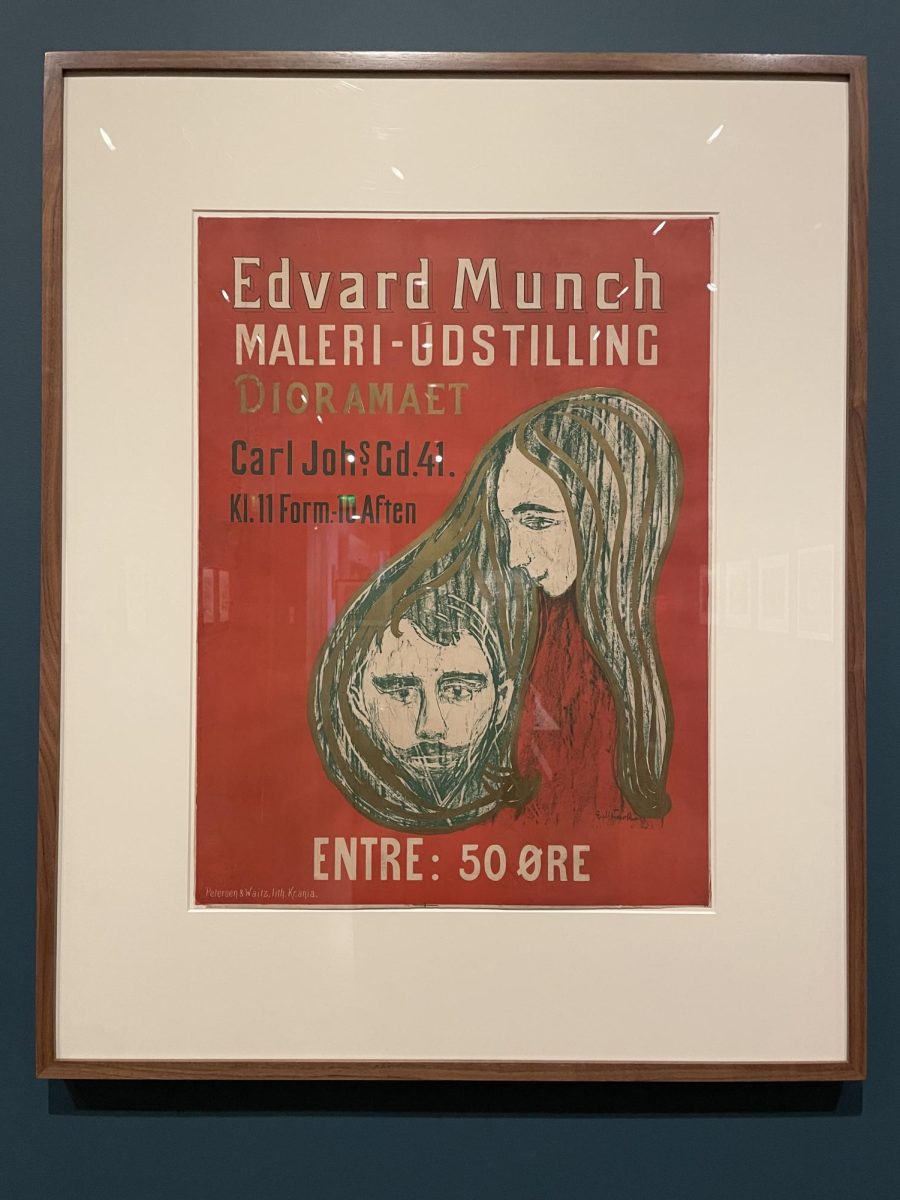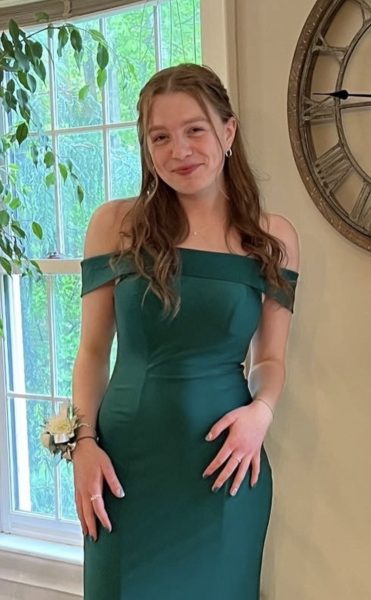The Museum of Fine Arts recently opened the new exhibit “Strong Women in Renaissance History” on Sept. 9 to showcase female perspectives, reimagined from male perspectives from the Renaissance era through different mediums.
The exhibit emulates a Renaissance-style space with rooms reminiscent of a traditional layout. The exhibit contains a variety of pieces from the Renaissance including paintings, busts, tapestries and decorative plates. It also contains objects from that era, such as lace, velvet, books and more.
Many of the paintings in the exhibit are depictions of women which serve to depict different social themes in the era. “Judith,” a terracotta sculpture by Giovanni della Robbia, is a symbol of the courage and vulnerability of women during the period; the heroine Judith holds the head of her people’s enemy after risking her life to save them. In “The Mystic Marriage of Saint Catherine,” painted by Barna da Siena, ideas of marriage, childbirth and women as role models appear. It also represents peace and harmony within families.
The art in the exhibit also intends to display Renaissance-era art in a more female-focused light.
“It gives a different perspective on what the art during the Renaissance meant for women because art was typically a male-dominated practice,” says Bill, a staff member at the MFA who requested to keep his last name private.
The exhibit features a bust of Cleopatra created by Pier Jacopo Alari Bonacolsi during the Renaissance era; however, contrary to the interpretation of Cleopatra as greedy and lascivious during the period, this bust shows her as dignified, pure and reflective. The sculpture, displayed front and center in the exhibit, reflects the changing views on women during the Renaissance and how they came to be seen as impressive and powerful.
The ideology of women changed during the Renaissance period along with their roles in society as well. As shown through the various art forms in the exhibit, women were artists, writers, nuns, healers, rulers, farmers, business women, and more.
Displays of women’s wealth were in abundance around the exhibition including lengths of velvet, fabrics and lace. Different fabrics connected women of all classes; rich and poor women alike embroidered fabrics to be hung in their homes. Velvet and silk indicated wealth and were often the most valuable items in a woman’s collection. Making lace was part of a woman’s education, and wealthy women would often make lace for pleasure.
The “Strong Women in Renaissance Italy” exhibit will remain open at the MFA until Jan. 7. Much of the exhibit is available online and the museum offers an additional playlist of female composers.


